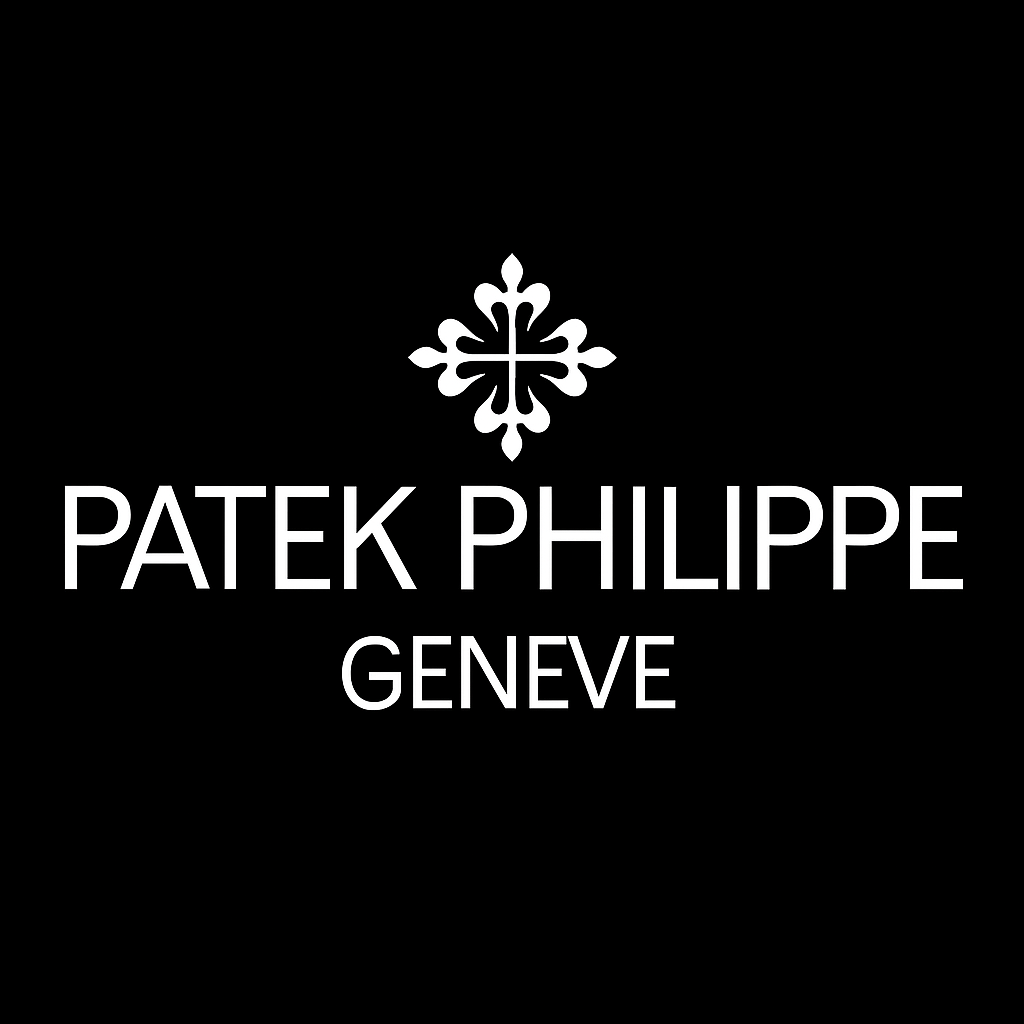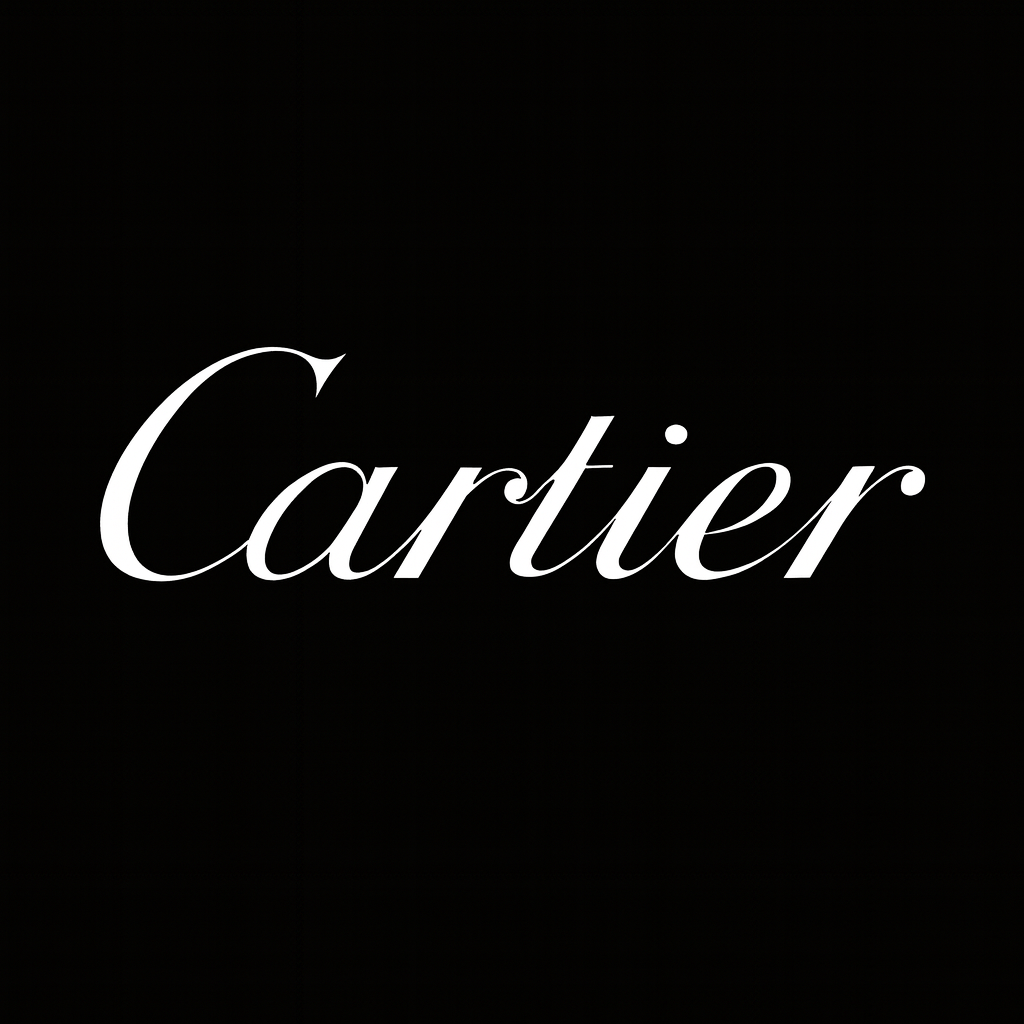
Brand Strech
In my previous post, I mentioned the concept of brand stretch — and today, I want to explore it more deeply.
It's an exciting prospect – expanding your brand's reach, capturing new markets, and fueling growth. But it also comes with real risks! Stretch too far, and you risk diluting your brand's essence, confusing your customers, and ultimately, undermining the very equity you’ve worked so hard to build.
To handle this tricky challenge, we turn to the insights of the best minds in branding: Jean-Noël Kapferer, Mikael Beverland, and Kevin Lane Keller. Their collective insights provide a robust framework for understanding when, how, and why to stretch a brand.
The Core Identity: Kapferer's Prismatic View
Before any stretch is considered, Kapferer reminds us to deeply understand the brand's identity – its DNA. In his seminal work on the brand identity prism, he emphasizes that a brand is far more than just a name or a logo. It encompasses a multifaceted identity built from six facets: physique (what it looks like), personality (how it behaves), culture (its values), relationship (how it interacts with consumers), reflection (the consumer it addresses), and self-image (how the consumer feels about themselves when using the brand).
"Strong brands are capable of weaving all aspects [of the brand identity prism] into an effective whole in order to create a concise, clear, and appealing brand identity."
For Kapferer, a successful brand stretch doesn't invent a new identity; rather, it extends an existing and strong identity into new categories or offerings. The core meaning, values, and personality must remain consistent. If your core identity isn't clear and robust, the stretch won’t work — it’ll fall flat instead of moving forward.
Building Connections: Keller's Brand Resonance Model
Kevin Lane Keller, with his focus on customer-based brand equity, offers a powerful lens through which to view brand stretch: the Brand Resonance Model. This model highlights a hierarchy of effects, from brand salience and performance to imagery, judgments, feelings, and ultimately, resonance.
When a brand wants to expand into something new, Keller says it's important to build on what people already know and feel about the brand. The new product or service should make sense based on the brand's existing image and reputation.
If people can easily connect the new offering to the brand they already trust, the stretch is more likely to succeed. But if that connection isn’t clear or strong, the new product might confuse people — and could even weaken the brand’s overall value.
"Customer-based brand equity is the differential effect that brand knowledge has on consumer response to the marketing of that brand."
This "differential effect" is precisely what a strong brand stretch aims to achieve: a more positive consumer response to the new product because of the existing brand. Furthermore, Keller underscores the importance of fit – between the parent brand and the extension. This fit can be based on product category, functional benefits, or even symbolic attributes. The stronger the perceived fit, the more likely the extension is to be accepted and to contribute positively to brand equity.
Authenticity & Storytelling: Beverland's Experiential Perspective
Mikael Beverland, known for his work on luxury branding and brand authenticity, brings a crucial qualitative dimension to the discussion. While Kapferer and Keller provide structural frameworks, Beverland reminds us that brands are deeply embedded in consumer experiences and cultural narratives.
For Beverland, a brand stretch must feel authentic. It can't be a cynical grab for market share. It needs to make sense within the brand's existing story and values. He would argue that successful brand extensions are those that enhance the brand's narrative, providing consumers with new ways to engage with the brand's core meaning and values. This often means carefully considering the ritualistic and symbolic aspects of consumption. Does the new offering align with the brand's existing rituals or create new, meaningful ones?
An authentic brand stretch, according to Beverland, doesn't just offer a new product; it offers an expanded experience that feels true to the brand's essence.
To sum it up:
- Kapferer warns: Know your brand identity inside out.
- Keller advises: Leverage existing brand equity and ensure a strong fit.
- Beverland emphasizes: Maintain authenticity and weave a compelling narrative.
Stretching a brand isn’t about luck. It’s a careful, strategic choice that needs to be thought through. When done right, it's not just growth for the brand — it’s deeper meaning, stronger connections, and expanded loyalty. Fail to heed these lessons, and you risk not just a misstep, but a brand identity crisis.
By
March 11, 2023
.png)
.png)



